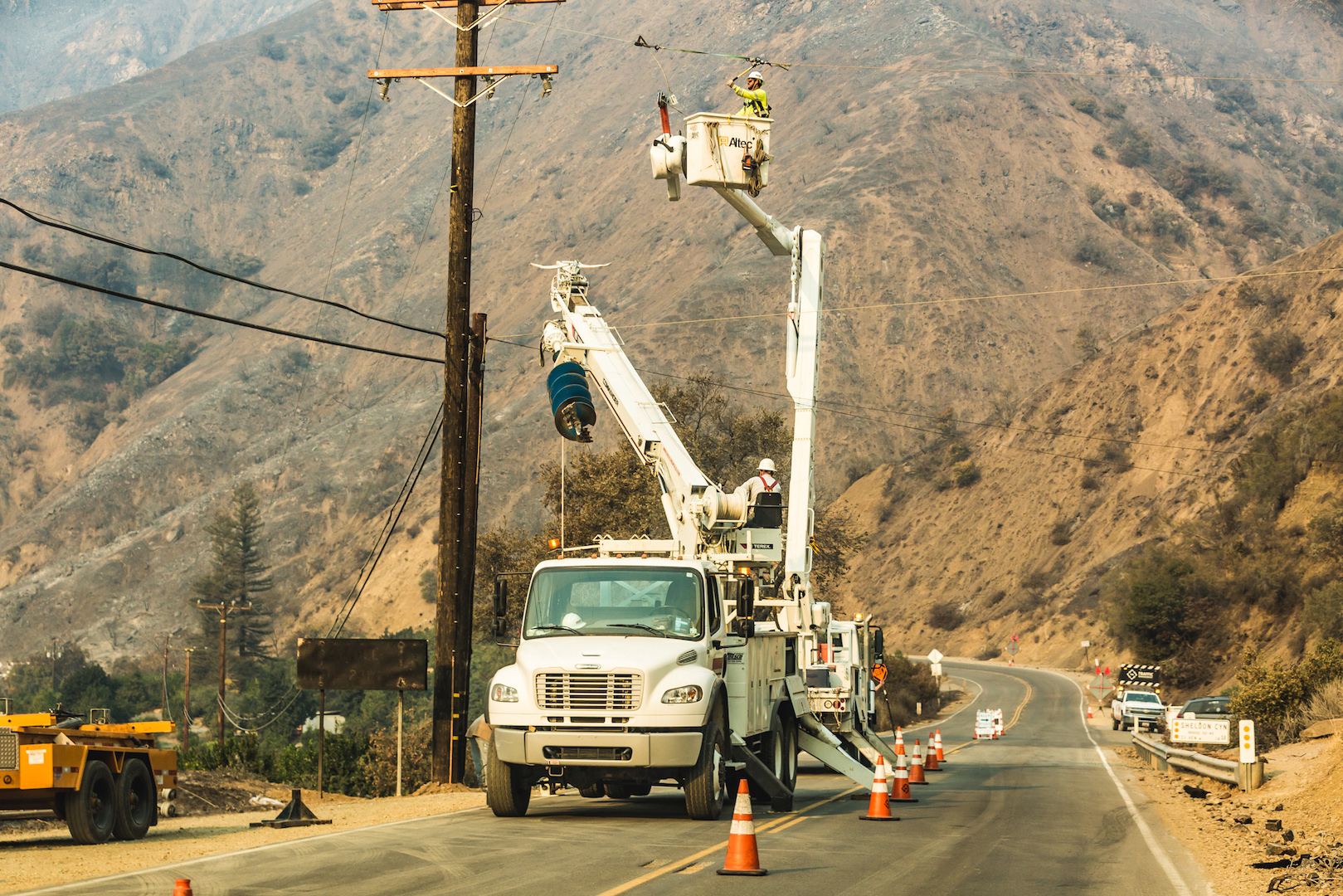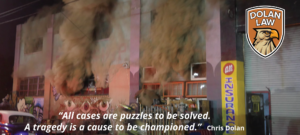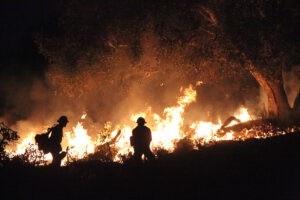
Alexis writes: I live in Napa County and my property was damaged in the Atlas Fire last October. Thankfully, we’re alright but we wonder whether we should join one of the many lawsuits against PG&E to recover some of our losses. I saw that CalFire recently released its second report finding PG&E responsible for several of the fires, including Atlas, and was hoping you could give me a sense of what the report means for fire victims.
Alexis, thanks for your question and I’m sorry for the property damage you suffered in last October’s tragic firestorm. I hope I can put CalFire’s June 8 report in some context for you, but I would highly recommend you consult one of the many attorneys handling these issues to get the best idea of your individual legal rights.
As you know, thousands of people in the North Bay endured unprecedented destruction from the scores of wildfires that erupted beginning the evening of October 8, 2017. Forty-three people lost their lives as over 245,000 acres of land burned, outpacing 11,000 firefighters from around the world. And, from the first 911 calls, a distinct pattern of similar reports emerged describing sparks and explosions from PG&E power equipment spreading flames into nearby vegetation.
As early as November, fire victims began to file lawsuits against PG&E for their role in causing the devastating fires. The various cases, including suits from cities, counties, and insurance companies, sought to hold the utility responsible for damages incurred during the firestorm. Victims sought compensation for emotional trauma, evacuation costs, temporary housing, decreased property values, lost income, and nuisance. One complaint common to all of them was that PG&E was systemically negligent in the inspection and maintenance of its electrical infrastructure. Another significant common claim is based on PG&E’s “strict” liability for damages arising from code violations, whether or not performed negligently, as well as California’s “inverse condemnation” policy. Looking ahead to the likelihood of enormous settlements and damages, PG&E stock has fallen more than 40 percent since October.
On January 4, over fifty of these lawsuits were consolidated into a single case now known as California North Bay Fire Cases, which is being heard by Judge Curtis E.A. Karnow in San Francisco Superior Court. Coordinating the cases allows the court to efficiently evaluate the collective evidence and determine on a system-wide basis the level of care the utility used to ensure the safety of its power grid.
This task is complicated, given the great number of individual fires causing a great volume of unique damages over the region. Moreover, other potentially liable parties certainly contributed to the scale of devastation. However, many of the procedural and legal determinations will be common to all of the lawsuits and a consolidated action avoids wasting time and resources on duplicative litigation. It also prevents inconsistencies between victim outcomes, while allowing for adjustments to case coordination as necessary.
As you mentioned, the California Department of Forestry and Fire Protection (CalFire) recently released two investigative reports into PG&E’s responsibility for the October fires. The first was released on May 25 and covered four fires; the second came out on June 8 and covered another twelve, including the Atlas Fire. CalFire found every one of them to have been started by PG&E power equipment, with eight including the Atlas Fire resulting from utility code violations and referred to local District Attorneys for possible prosecution. Notably absent from these reports are the results of investigations into the Tubbs Fire, by far the most destructive and lethal in the firestorm.
It would seem that the CalFire reports should settle a lot of questions for the court. However, the reports are not admissible as evidence in the consolidated California North Bay Fires case, so their main function is to give legal teams a neatly organized set of clues for where admissible evidence might be found.
Moreover, PG&E continues to make forceful arguments that extreme climate and weather conditions made it effectively impossible for them to have anticipated the level of care they would need to prevent such catastrophic damages. However, PG&E’s communications with shareholders in recent months suggest they are preparing for significant legal liabilities in the near future.
Make no mistake, PG&E is fighting back and they have decades of experience defending their business from wildfire lawsuits. In addition to filing their own claims against municipalities to spread any liability imposed for fire damages, lobbying to overturn “inverse condemnation” laws, and efforts to establish a public-private victim compensation fund, they are also advocating on multiple fronts for authorization to pass on their legal costs to utility customers.
Next week, I’ll expand on what PG&E’s prospective liabilities mean for the public at large.









